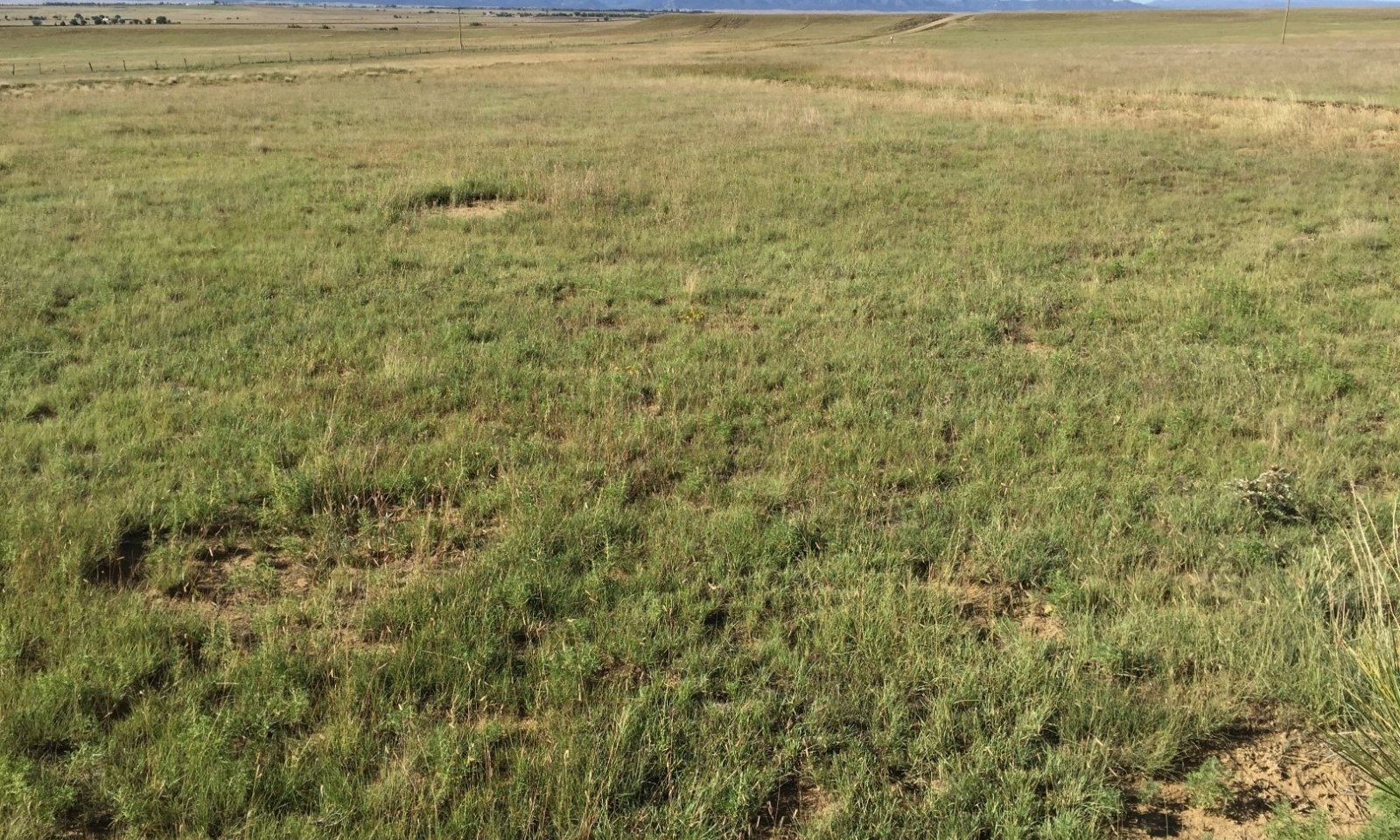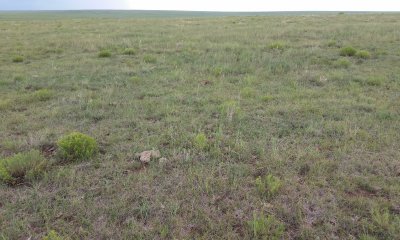
Sandy
Scenario model
Current ecosystem state
Select a state
Management practices/drivers
Select a transition or restoration pathway
- Transition T1A More details
- Restoration pathway R2A More details
-
No transition or restoration pathway between the selected states has been described
Target ecosystem state
Select a state
State 1
Reference State



Description
This state represents the most ecologically stable state in terms of resistance to erosion. Moreover, this state has the highest potential for productivity and plant diversity.
Submodel
State 2
Eroded State




Description
This state exists where significant soil loss has occurred. The topsoil generally does not meet color or thickness requirements for a mollic epipedon.
Submodel
Mechanism
Slow variables: An extended period with reduced plant cover and heavy pressure on cool-season grasses. This result is an increase in the rate of wind erosion and further diminished abundance and vigor among cool-season grasses—particularly Western wheatgrass. Trigger event: A drought kills already-weakened perennial grasses, resulting in the extirpation of Western wheatgrass. This, in turn, accelerates erosion. The concurrent loss of topsoil depletes the seedbank, further altering plant community composition. Threshold: The vigor and cover of perennial grasses is reduced to a point at which some perennial grasses die.
Mechanism
An increase in the competitive advantage of various perennial grass species through physical, chemical, and biological management practices. In this process, topsoil is at least somewhat restored in thickness and organic matter content. This restoration pathway will likely require long-term, multifaceted approaches and high-energy inputs. In order to return to State 1, erosion will have to be reversed, grazing will have to be tightly-controlled, and the re-introduction of extirpated plant species such as Western wheatgrass may be required. Favorable weather patterns may also be necessary.
Model keys
Briefcase
Add ecological sites and Major Land Resource Areas to your briefcase by clicking on the briefcase (![]() ) icon wherever it occurs. Drag and drop items to reorder. Cookies are used to store briefcase items between browsing sessions. Because of this, the number of items that can be added to your briefcase is limited, and briefcase items added on one device and browser cannot be accessed from another device or browser. Users who do not wish to place cookies on their devices should not use the briefcase tool. Briefcase cookies serve no other purpose than described here and are deleted whenever browsing history is cleared.
) icon wherever it occurs. Drag and drop items to reorder. Cookies are used to store briefcase items between browsing sessions. Because of this, the number of items that can be added to your briefcase is limited, and briefcase items added on one device and browser cannot be accessed from another device or browser. Users who do not wish to place cookies on their devices should not use the briefcase tool. Briefcase cookies serve no other purpose than described here and are deleted whenever browsing history is cleared.
Ecological sites
Major Land Resource Areas
The Ecosystem Dynamics Interpretive Tool is an information system framework developed by the USDA-ARS Jornada Experimental Range, USDA Natural Resources Conservation Service, and New Mexico State University.

